Integration with IoT Devices
The integration of ambient light sensors with Internet of Things (IoT) devices appears to be a driving force in the Ambient Light Sensor Market. As smart homes and smart cities gain traction, the demand for sensors that can automatically adjust lighting based on ambient conditions is increasing. This integration not only enhances user experience but also contributes to energy savings. According to recent estimates, the IoT market is projected to reach a value of over 1 trillion dollars by 2025, which could significantly boost the adoption of ambient light sensors in various applications. The synergy between IoT and ambient light sensors may lead to innovative solutions that optimize energy consumption and improve overall efficiency.
Advancements in Sensor Technology
Advancements in sensor technology are likely to have a profound impact on the Ambient Light Sensor Market. Innovations such as improved sensitivity, miniaturization, and enhanced accuracy are making ambient light sensors more effective and versatile. These technological improvements enable the sensors to be integrated into a wider range of applications, from consumer electronics to automotive systems. The market for ambient light sensors is projected to grow at a compound annual growth rate of approximately 20 percent over the next few years, driven by these advancements. As manufacturers continue to innovate, the capabilities of ambient light sensors are expected to expand, further solidifying their role in energy management and automation.
Growing Demand in Consumer Electronics
The growing demand for ambient light sensors in consumer electronics is likely to drive the Ambient Light Sensor Market. With the proliferation of smartphones, tablets, and smart home devices, the need for sensors that can optimize display brightness and enhance user experience is increasing. Ambient light sensors enable devices to automatically adjust screen brightness based on surrounding light conditions, thereby improving visibility and conserving battery life. The consumer electronics segment is expected to witness significant growth, with projections indicating that the market for ambient light sensors in this sector could exceed several hundred million dollars by 2025. This trend underscores the importance of ambient light sensors in enhancing the functionality of modern electronic devices.
Rising Awareness of Energy Conservation
There is a growing awareness regarding energy conservation, which is likely to propel the Ambient Light Sensor Market. As consumers and businesses alike become more conscious of their energy usage, the demand for technologies that facilitate energy savings is increasing. Ambient light sensors play a crucial role in this context by enabling automatic adjustments to lighting systems based on natural light availability. This capability can lead to substantial reductions in energy consumption. Reports suggest that buildings equipped with ambient light sensors can achieve energy savings of up to 30 percent. Such statistics indicate a strong potential for growth in the ambient light sensor market as energy efficiency becomes a priority for many.
Increased Adoption in Automotive Applications
The increased adoption of ambient light sensors in automotive applications is emerging as a significant driver for the Ambient Light Sensor Market. As vehicles become more sophisticated, the need for advanced lighting systems that adapt to changing light conditions is becoming essential. Ambient light sensors enhance safety and comfort by automatically adjusting dashboard and headlight brightness based on external light levels. The automotive sector is projected to account for a substantial share of the ambient light sensor market, with estimates suggesting that the market for automotive sensors could reach several billion dollars by 2026. This trend indicates a robust growth trajectory for ambient light sensors within the automotive industry.

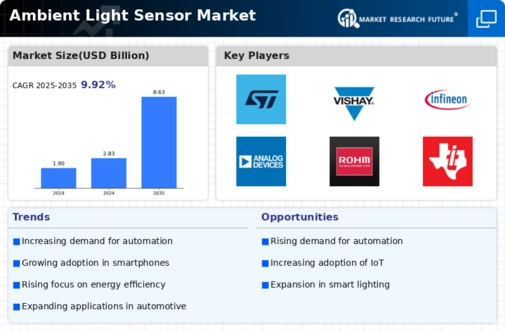
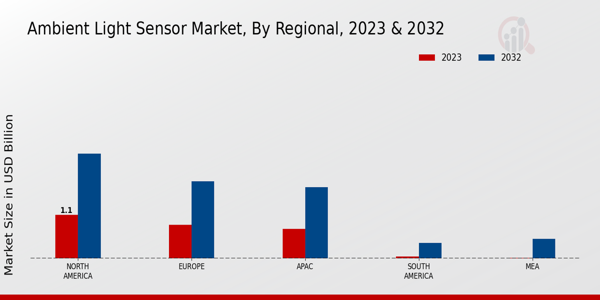
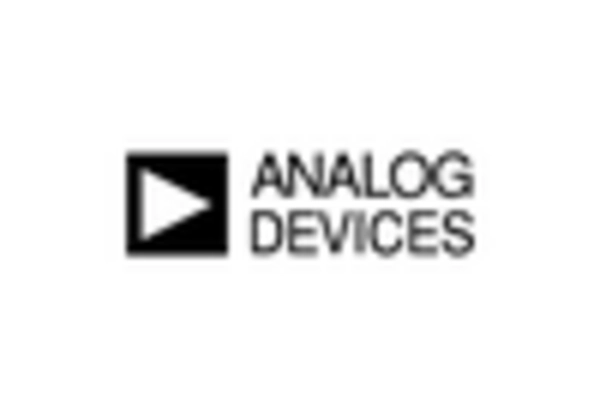
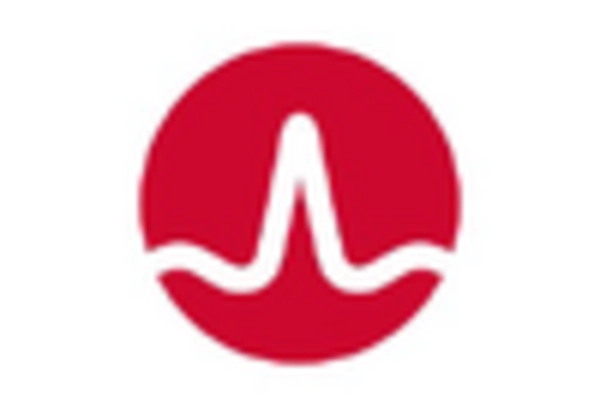
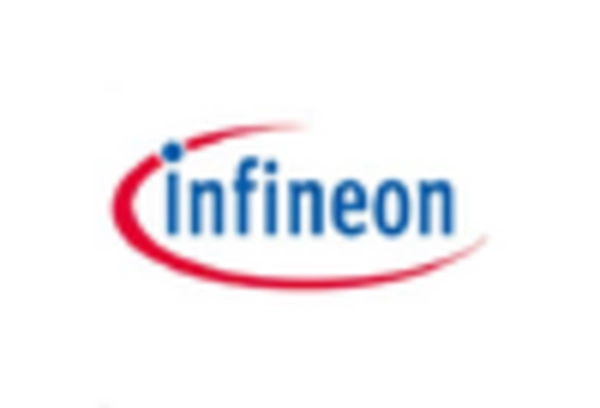










Leave a Comment